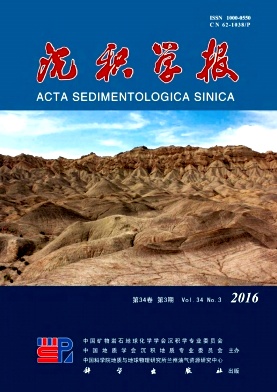Sedimentation Rate and Implications of Sediment Grain Size of Japan Sea during the Last Hundred Years
doi: 10.14027/j.cnki.cjxb.2016.03.009
- Received Date: 2015-08-24
- Rev Recd Date: 2016-01-19
- Publish Date: 2016-06-10
-
Key words:
- 210Pb specific activity /
- sediment grainsize /
- sedimentation rate /
- sedimentary environment /
- Japan Sea
Abstract: Both of the 210Pb and sediment grain size in four deep-water multicore sediments which are located in the middle, north and west of Japan Sea are analyzed. The result shows that the sediments mainly consist of silt and clayey silt in the Yamato Ridge, northern part and western slope of Japan Sea over the last 100 years. There is a significant biological disturbance phenomenon of surface sediments in Yamato Ridge and the northern part of the Japan Sea, which does not exist in the western slope. According to the model of Constant Rate of Supply (CRS), we determined the age mode and calculated the sedimentation rate in four multicores. The modern average sedimentation rate in the Japan Sea varied between 0.19~0.42 cm/a, with a lowest value in Yamato Ridge. The mean sediment grain size of four cores showed different vertical patterns, but they simultaneously varied at about 1940 and 1980. We think such simultaneous change is closely related to the variations of Pacific Decadal Oscillation (PDO) and East Asian Summer Monsoon over the last 100 years.
| Citation: | ZONG Xian, SHI XueFa, GE ChenDong, ZOU JianJun, Sergey Gorbarenko, QIAO ShuQing, DONG Zhi. Sedimentation Rate and Implications of Sediment Grain Size of Japan Sea during the Last Hundred Years[J]. Acta Sedimentologica Sinica, 2016, 34(3): 516-522. doi: 10.14027/j.cnki.cjxb.2016.03.009 |






 DownLoad:
DownLoad: